Climate Change Fiction for Middle Years
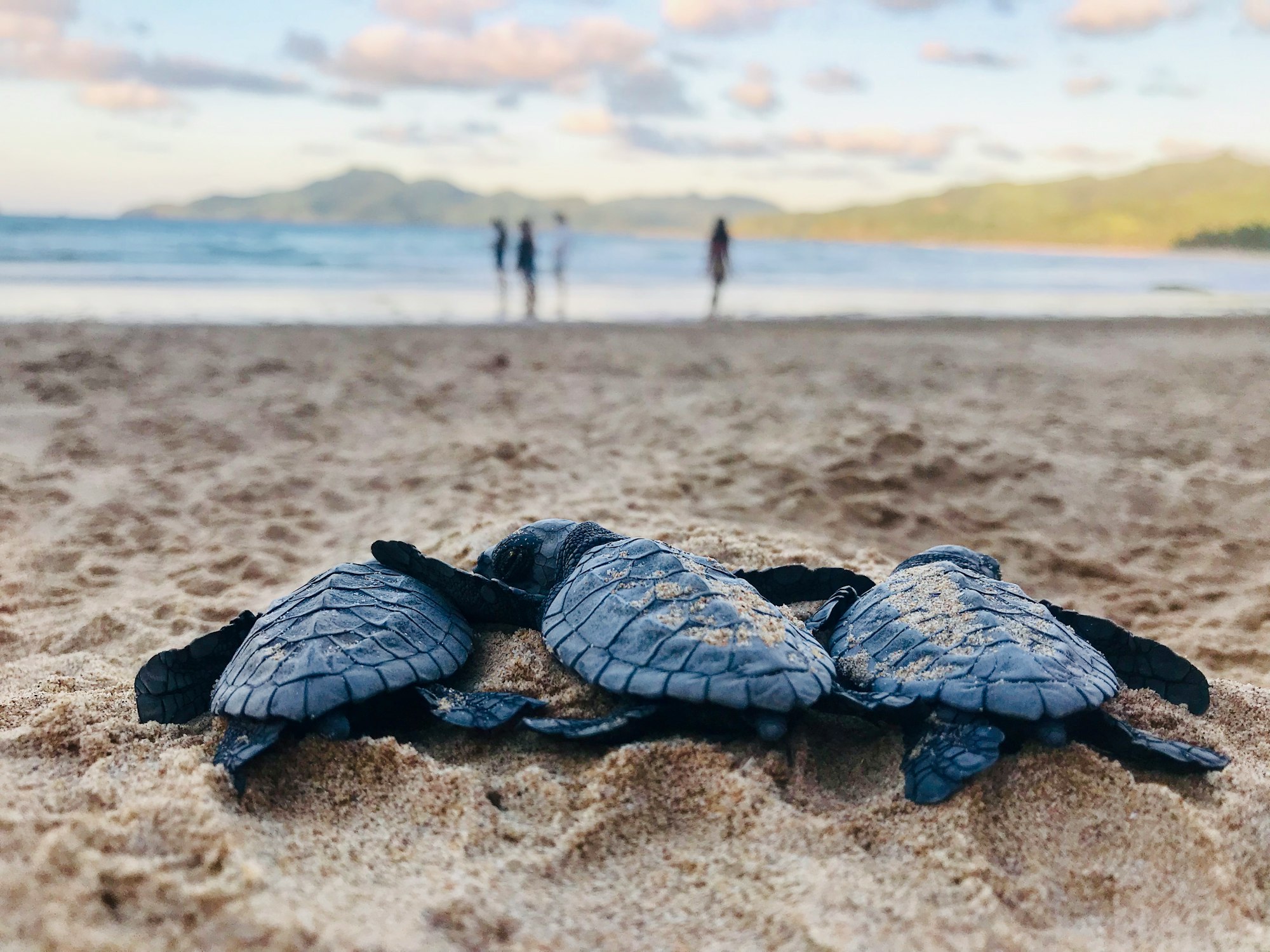
Climate change is an overwhelming topic. It is important for students to learn about it, but some approaches can provoke eco-anxiety and lead many students to feel disconnected from the environmental crisis. Until recently, it has been difficult to find fiction that allows students to engage with the reality of climate change. I've written in the past about how many climate fiction books provided an unrealistic character versus character conflict, while others focused on disaster fiction or future dystopias brought on by environmental disaster. These approaches either do not adequately convey the complexities of climate change or present it as an insurmountable problem, which can make engagement more difficult. Students are in need of books that better prepare them to take climate action, and happily a wider range of options are now available.
A Global Focus on Climate Change
One type of climate change fiction focuses on telling stories of how climate change is currently impacting communities in different parts of the world. Two Degrees, by Alan Gratz, takes this approach, by telling the story of a teenager who must escape a wildfire with her horse in California, another teen who is separated from her mother during a hurricane in Miami, and two teen boys in Northern Canada who must protect themselves from polar bears. The author helps the reader understand that the increase in wildfires and hurricanes, plus the encroachment of polar bears into human inhabited areas, are the direct result of climate change, something that other disaster books are not always so clear in outlining. He also gives the teens some agency, as they respond to the disaster, protect themselves, help others, counter climate denial, and eventually advocate for climate action.
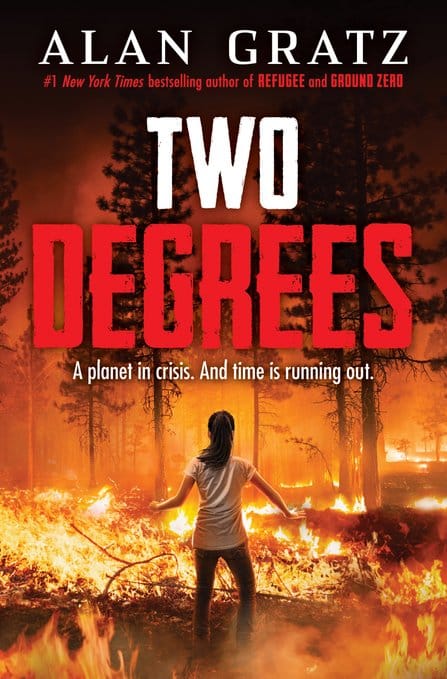
Global, a graphic novel by Eoin Colfer and Andrew Donkin and illustrated by Giovanni Rigano, takes a similar approach. In this book, the story shifts back and forth between Sami, a boy living with his grandfather in a fishing village by the Indian Ocean, and Yuki, a girl living in Northern Canada. Both characters are affected by climate change in different ways. Sami's life is becoming more difficult, as the ocean rises, fewer fish are being caught, and more climate refugees move into his village. For Sami, climate change is causing resources to become increasingly strained. Yuki on the other hand is intent on helping the polar bears whose habitat is being impacted by climate change. This book gives the reader a clear idea of the global consequences of climate change in two different continents.
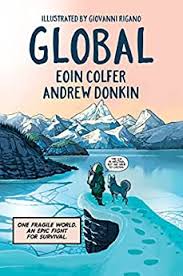
Both Global and Two Degrees approach climate fiction in terms of climate disasters, and they do an admirable job of teaching about why these disasters are occurring both within the text and in the afterwards. However, there are dangers in approaching climate fiction from a disaster lens. Framing climate change in this way can be overwhelming and make students question what action they can take in the face of these disastrous situations. This is particularly true when the bulk of the action in these books consists of characters trying to survive, rather than characters trying to find the solution to the problem.
An alternate text that is less focused on disaster fiction is We the Sea Turtles, by Michelle Kadarusman. This series of short stories focuses on different characters from across the globe, with the common link of sea turtles in each story. While some stories are more geared to appreciating the gifts and joys of nature, others focus on climate change in a variety of ways. One story involves a boy in Australia who must escape a wildfire and direct help towards a sea turtle nest that he found. Other stories involve children learning about the importance of climate action, whether through their own individual actions or through the scientific work of their adult family members. I appreciate the global focus of this book that weaves together a lot of disparate threads connected to environmental conservation and protection.
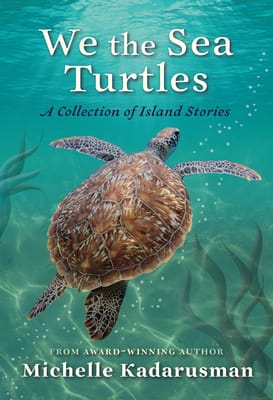
Climate Fiction with a Local Focus
While books with a global focus are useful for teaching about the widespread effects of climate change, there are significant benefits to selecting books with a more local focus. Students are quick to understand the impacts of climate change, but it is often more challenging for them to deal with the emotions this understanding can bring. This is particularly true when dealing with seemingly insurmountable environmental problems and it can lead some students to disengage.
Books that focus on characters struggling with local environmental issues can offer insights into how young people can take control of the situation and take action. Haven Jacobs Saves the Planet, by Barbara Dee, is a good example. In this middle grade novel, Haven Jacobs cares deeply about the natural world, but has trouble making sense of the climate crisis, often getting trapped in a pattern of doom-scrolling and eco-anxiety. When her science class investigates the local creek, she learns that the test results they have been collecting are different from previous years, signaling a significant problem. Haven decides to take action to protect the creek.
Importantly, it isn't a straightforward process. Haven learns to deal with anxiety brought on by the climate crisis, and her first attempts at protecting the creek do not go as planned. She gets frustrated when her efforts at first result in superficial changes, but eventually by working together with others, her town starts down the road towards more systemic changes. I like how the author makes it clear that while individual actions are necessary, it is important to investigate root causes of environmental problems and hold industry to account, even when that is a challenging process.
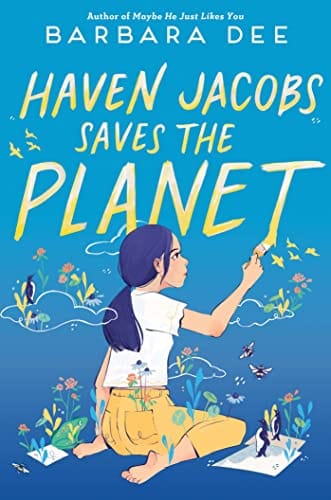
Other books also take a more local focus. For instance, Forever Birchwood, by Danielle Daniel, focuses on a group of friends who try to protect a local forest from land developers. While not explicitly focused on climate change, I appreciate how the author weaves together the main character's connection to nature, Indigenous perspectives, and her desire to take action to protect the trees she loves. I can see this book motivating students to cast an eye around them and think about the natural spaces in their lives and what they can do to protect them.
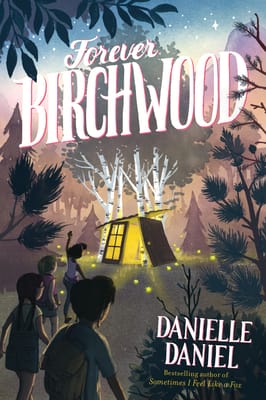
In the past, I have remarked about how climate fiction often features a notable erasure of climate change. Disasters happen, but the link to climate change was not always clear. Now climate fiction in middle years makes these connections more evident, often by turning the books into action packed disaster stories. While understanding the impacts of climate change are important, I think there is more power in a focus on the local. I want to see more books, fiction and non-fiction alike, about characters who learn that their local environment is under threat and take action to protect it. I think these are the lessons that kids need, lessons that teach and empower them to stand up and advocate for change.
